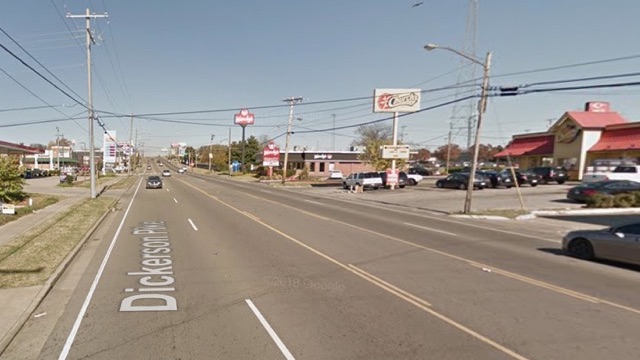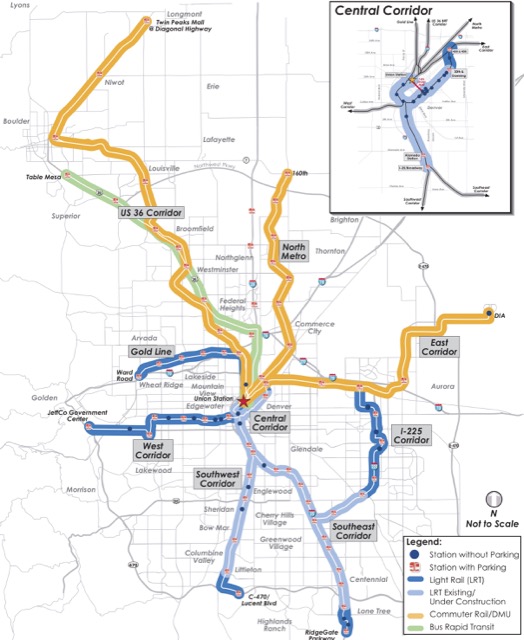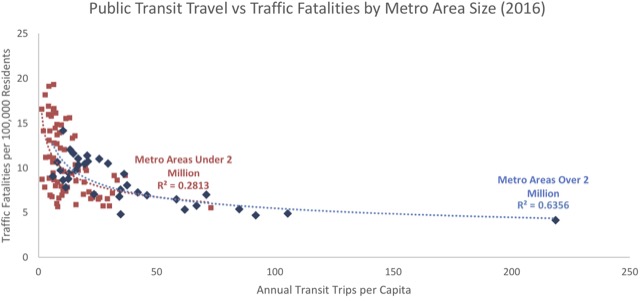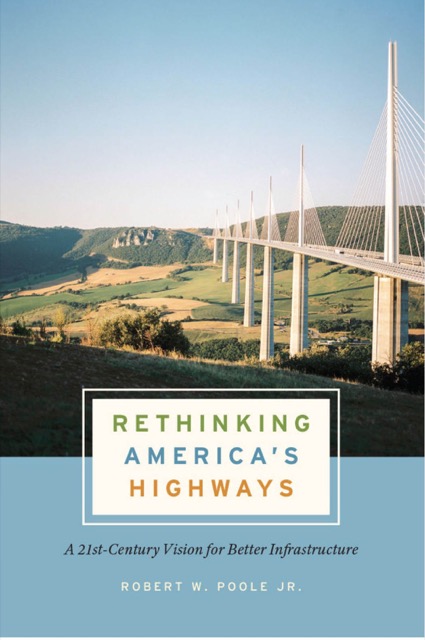The total number of American workers who usually commute by transit declined from 7.649 million in 2016 to 7.637 million in 2017. This continues a downward trend from 2015, when there were 7.761 million transit commuters. Meanwhile, the number of people who drove alone to work grew by nearly 2 million, from 114.77 million in 2016 to 116.74 million in 2017.
These figures are from table B08301 of the 2017 American Community Survey, which the Census Bureau posted on line yesterday. The table also reveals that the number of people who carpool grew from 13.58 million to 13.60 million, while the number who take taxis (which probably includes ride hailing) grew from 226,687 to 303,441. The number of people who walked and bicycled to work both declined.
Transit commuting has fallen so low that more people work at home now than take transit to work. Work-at-homes reported for 2017 total to 7.99 million, up from 7.59 million in 2016. Continue reading











